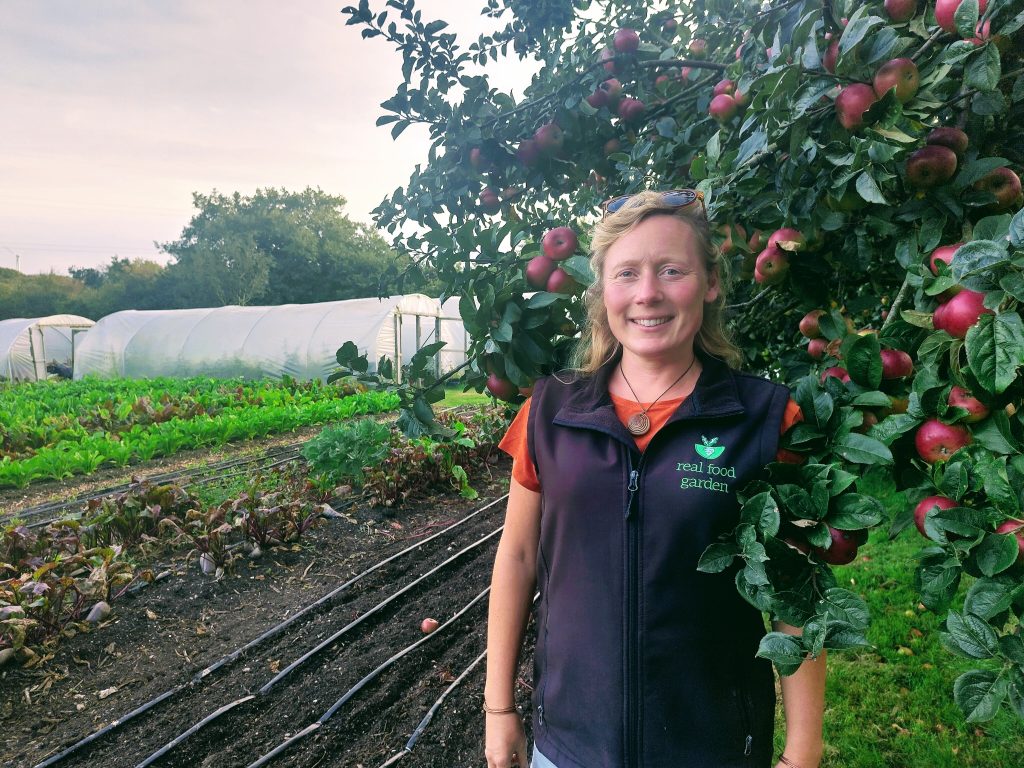By Amelia Lake
This year, more than ever, we’ve felt the value of trees in our landscapes. The exceptionally dry summer has turned grasses brittle and left livestock searching for shade and browse. In moments like these, we at Real Food Garden have been deeply grateful for our agroforestry system.
But for us, this isn’t just about coping with a hot, dry year. It’s part of a long tradition of recognising the value of trees.
A Personal Obsession with Trees
My journey with agroforestry began when I realised that trees could do more than stand at the edges of fields. They could transform how we produce food, how we shape our landscapes, and even how we, as a western society, interact with the living world.
That curiosity led me to years of research and design, and eventually to projects that reimagined not just fields, but whole ecologies.
One of the most exciting was working with Helen Browning, CEO of the Soil Association, on her organic farm, integrating agroforestry across 200 acres. Together, we created a system that combined nut trees, browse trees, and trees producing high-value hand-harvested crops. The result was not just rows of trees, but a transformed farm, ecologically and economically, where animals, people, and plants thrive together.
Trees for the People
A very different but equally inspiring project was for Bristol City Council in Eastville Park, where I designed an ‘edible woodland’ for the community. Local schoolchildren planted native trees, shrubs, and fruit bushes, which have since grown into a living classroom and a shared foodscape.
This woodland is more than a park feature, it’s a space where people can reimagine food production and their relationship with the environment.
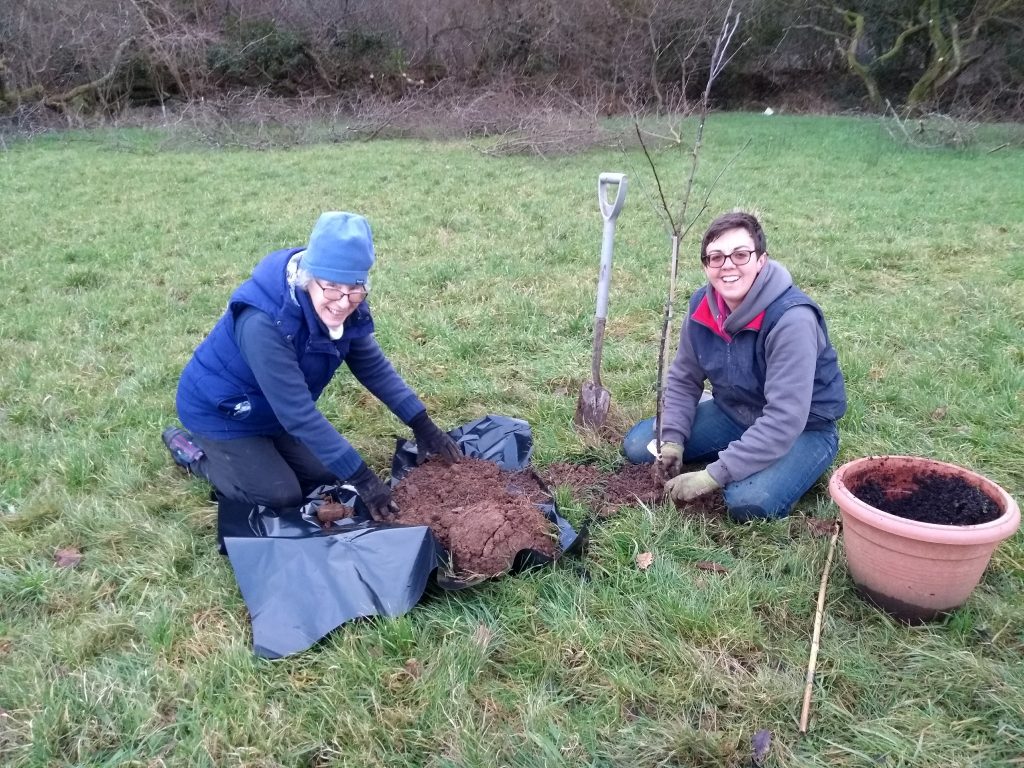
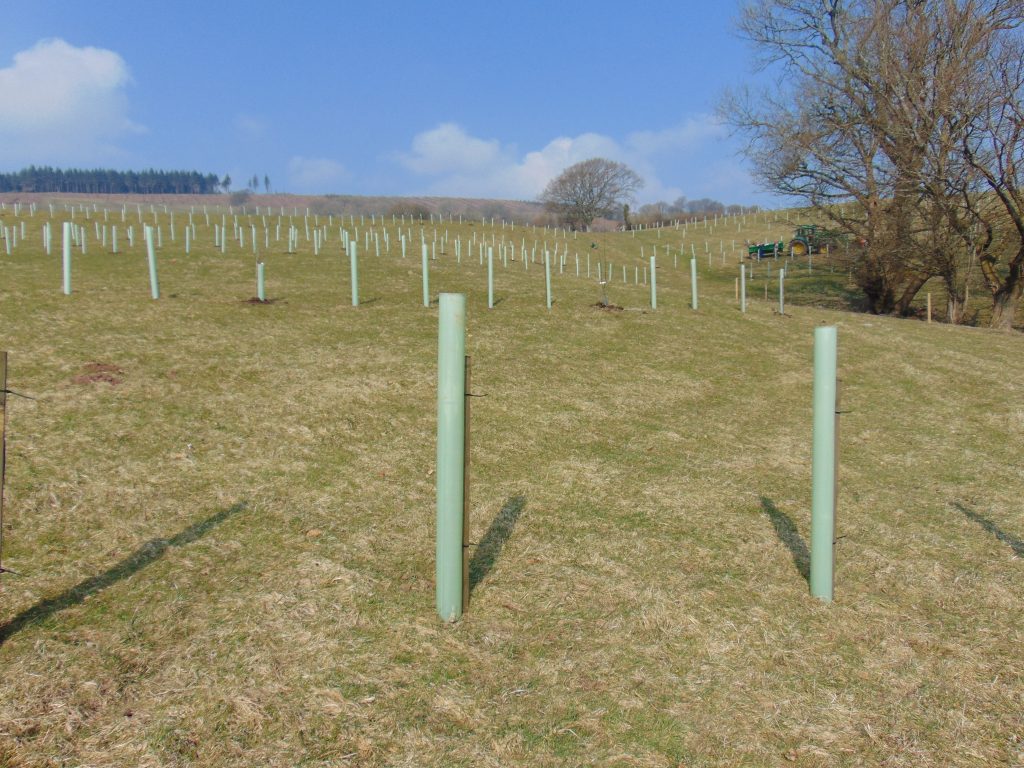
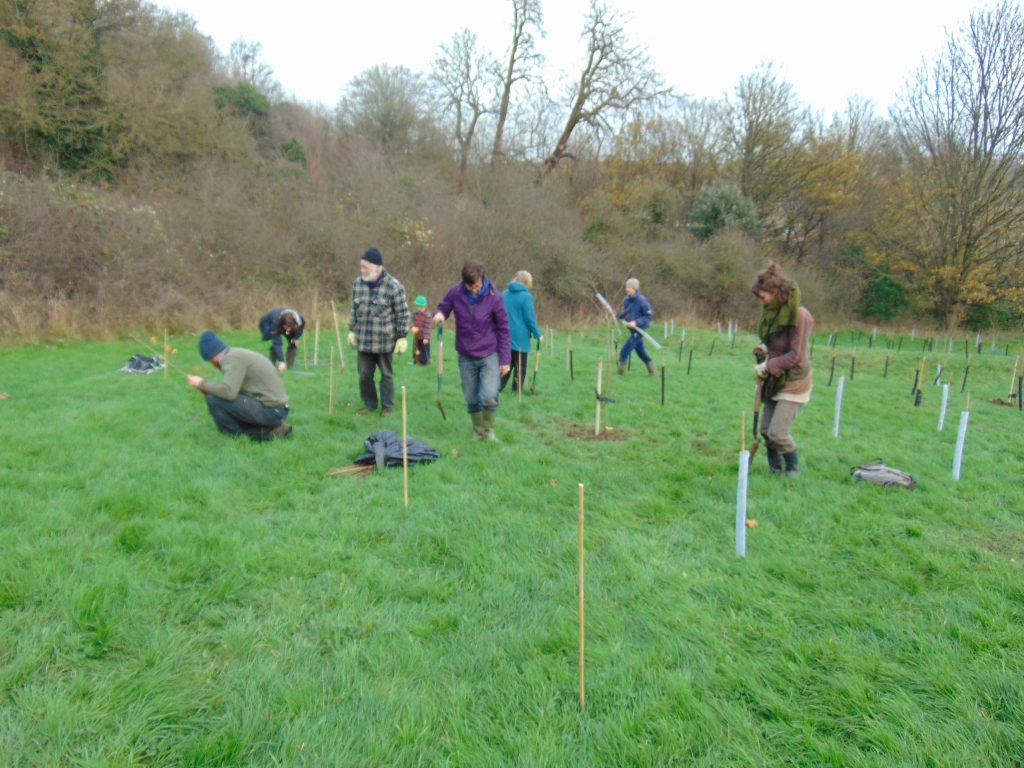
Bringing Trees Home to Real Food Garden
When we began Real Food Garden, we carried that same energy for transformation. Trees have become part of our identity, squeezed into every last corner of our site.
We started small, with Cornish apple varieties, a few walnuts, and sweet chestnuts. Over the years, these have proven resilient and fruitful, our walnuts have cropped for two years running! Encouraged, we’ve planted 110 more apple trees, along with 40 additional walnuts and chestnuts. In time, we hope to offer these rare and delicious crops directly to our veg box customers.
And we haven’t stopped there. We’re trialling peaches and cherries in our tunnels, exploring how far we can push the boundaries of agroforestry in Cornwall.
We’ve also planted shelter belts of native species, chosen for their autumn berries, to support both migratory and resident birds. And in another twist, we’ve planted cider apples on standard rootstock, not for ourselves, but for the pigs, the birds, and the countless insects and fungi that thrive in the deadwood of mature trees.
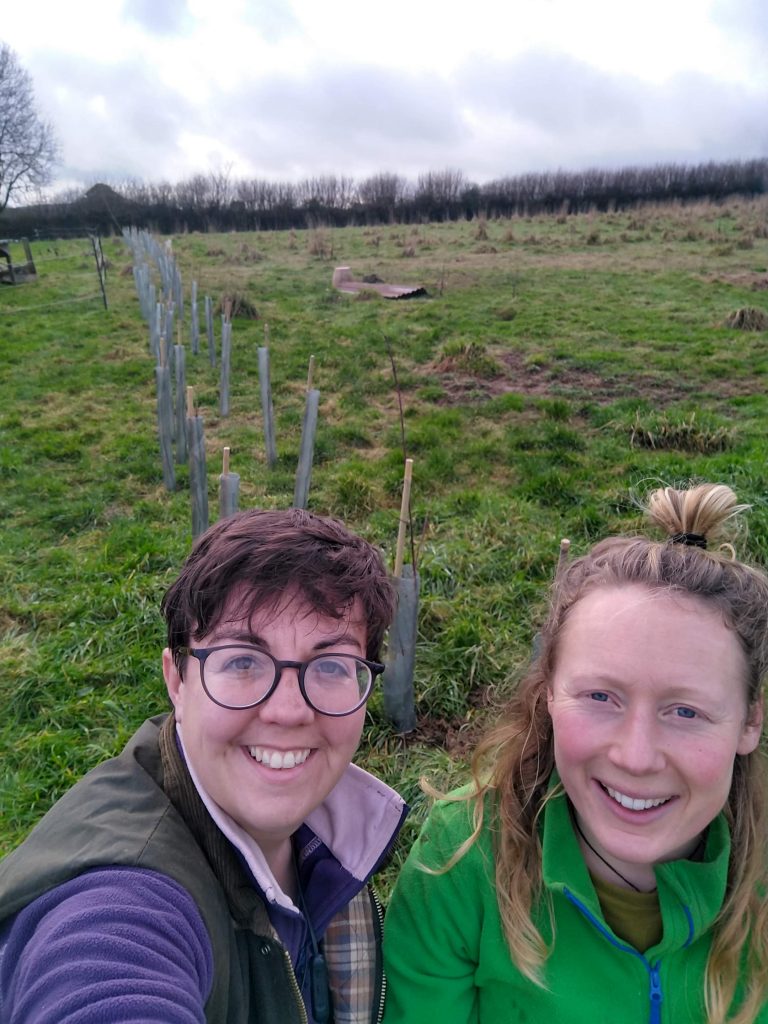
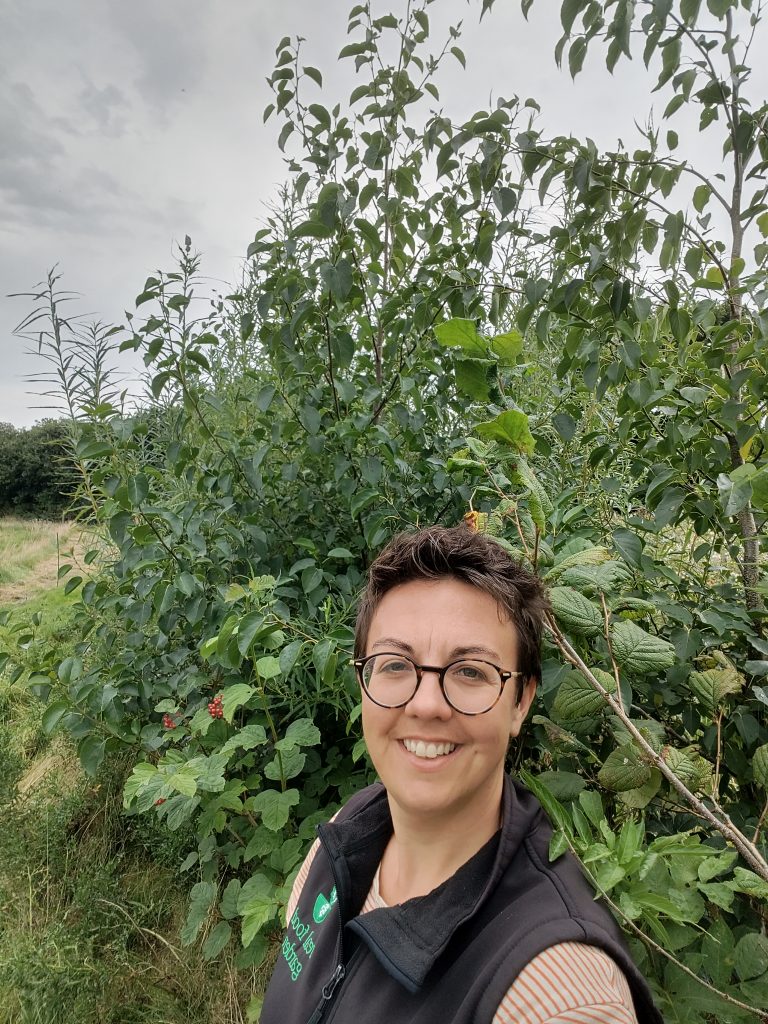
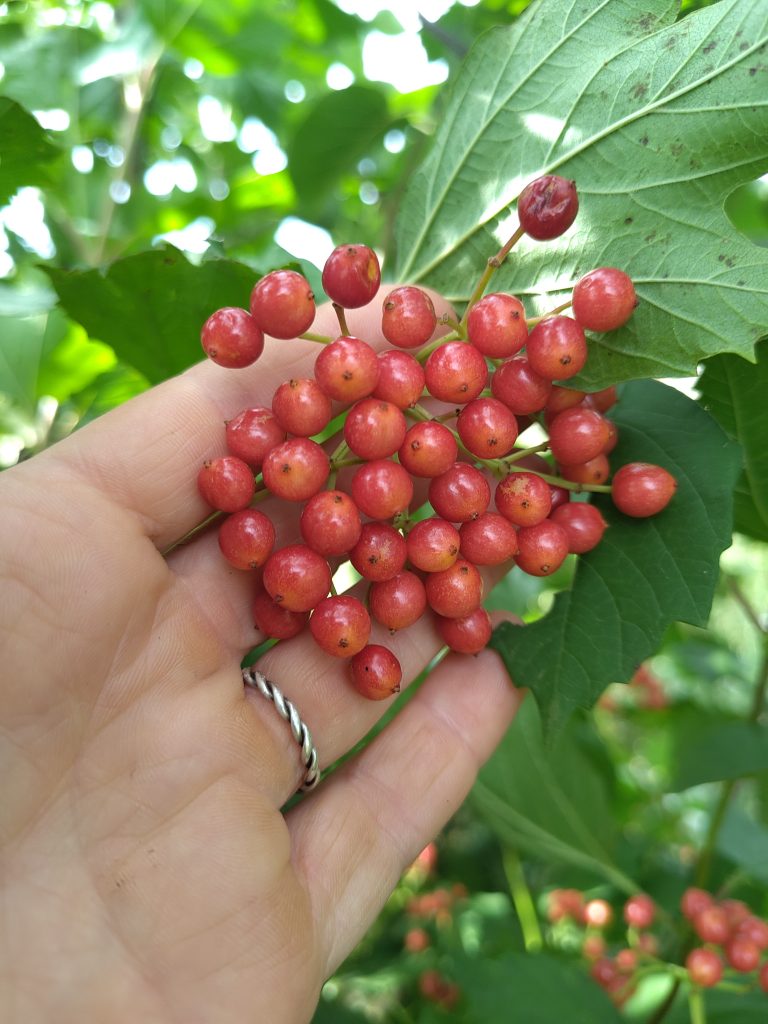
Reimagining the Possible
Agroforestry is not just a technique. It’s a way of reimagining the world we want to be part of, a world where food, farming, and ecology are no longer at odds but woven together.
When we plant trees, we’re not only providing shade, shelter, or fruit. We’re making space for imagination, space to ask: What if our fields, our parks, even our cities, were abundant with life? What if food grew in harmony with nature instead of against it?
At Real Food Garden, we believe trees hold part of the answer. And in planting them, we take one step closer to the more beautiful world we know is possible.
